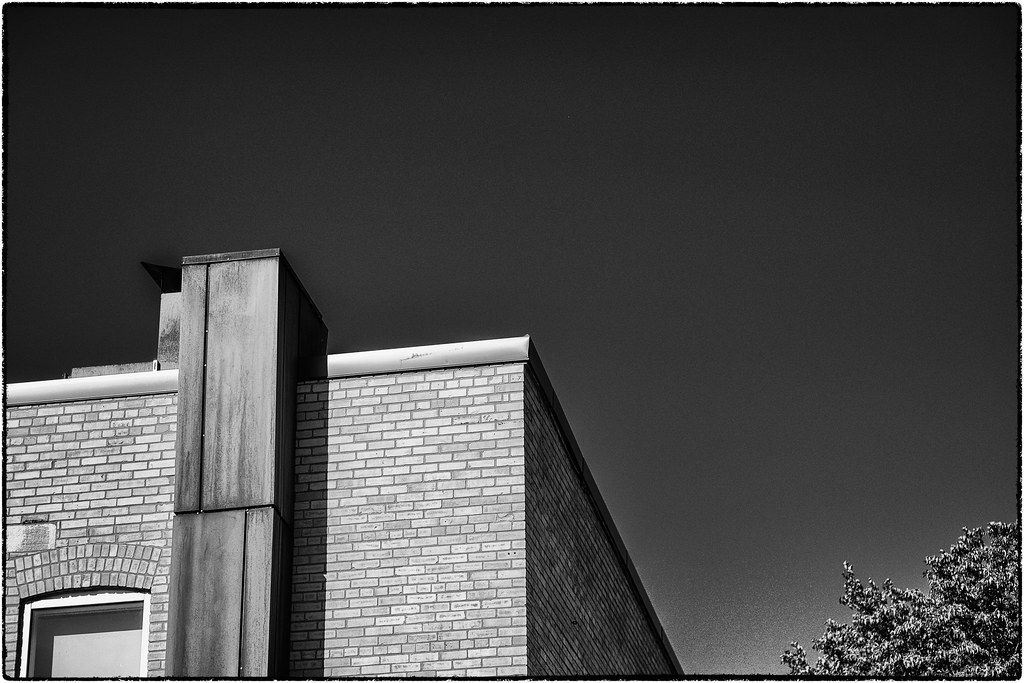
Sony A7mII, Zeiss ZF.2 1,4/85 Planar
So we've seen Nikon and Canon drop new mirrorless systems in the last two weeks, with somewhat different approaches.
Nikon's Z series essentially targets the two most successful Sony's (the A7 and A7R models) directly, matching each variation with one of their own, and coming in somewhere between the mkII and mkIII revisions. Nikon clearly targeted the mkII Sony's and beat them in pretty much all regards, although the mkIII's have some advantages (battery life, AF, dual card slots.). Nikon's lens choices are both safe and sane, mirroring 3 of Sony's original lenses with slightly better thought out choices. The 50/1.8 is cheaper than the ZA 55/1.8, while it looks to be comparable or better, and the 35/1.8 may be larger than the ZA 35/2.8, but it's both cheaper and faster, a win (Sony users have long lamented the lack of a relatively compact but fast 35, the tiny but slow & pricey 35/2.8 is largely unappreciated by Sony users). The 24-70/4 again matches a Sony launch lens, but hopefully will be better than the underwhelming ZA 24-70/4. And then there's the 58/0.95. It's manual focus, it's stupidly fast and it's huge. It may just be the first Otus-beater. With the largest & shortest-register mount, IBIS included and the Z series inheriting the non-CPU lens data interface from the Nikon DSLR's, these will probably become the new standard for manual lens use. Nikon delivers 1 adapter with a stop-down lever but no screwdriver AF support, it should prove popular since Nikon has a great lineup of AF-S lenses for it. Nikon chose 1 XQD slot, again targeting the single-slot Sony mkII's, but avoids the performance slowdown inherent to the second SD slot in the D850 and D500.
Canon on the other hand played it safe on the body, delivering an overpriced & underwhelming product that will no doubt be a very competent camera. It really reminds me of the 6D's, a pair of overpriced and underwhelming FF DSLR's that nonetheless actually work pretty well for a lot of people. The EOS R is largely a mirrorless 5DIV, with a UI that's a mix of EOS DSLR and the EOS-M mirrorless line. And it introduces Canon's third current mount in R mount, leaving them with 4 mounts, each of which has a measure of EF compatibility, but little cross-compatibility (while EF-M mount supports EF and EF-S lenses via adapter, it's a dead end otherwise, with no R mount compatibility). Lenses are pretty much a 1 of each set, with a prosumer zoom (24-105/4), prosumer prime (35/1.8 IS), pro prime (50/1.2L) and ridiculous halo lens (28-70/2L). However Canon gets significant AF limitations (5fps max in AI Servo, 3fps with tracking, vs 8fps+ for Nikon and Sony) and becomes the only player without IBIS. Video is also 1.7crop for 4K, making this the worst option of the three, especially with the A7SmIII expected to drop in the next 6-8 weeks and the price is $300 more than the A7III and Z6's $2K USD. Canon chose a single UHS-II SD slot, lacking Sony's dual slot for reliability as well as Nikon's XQD speed advantage. Canon does bring 3 adapters, a cheap but fully-functional straight adapter, a second more expensive one with the control ring from the RF lenses integrated and a third with a filter holder integrated. The last should be copied by others, it's a great idea.
The end result is today I think the Sony MkIII's remain the market leaders overall. Nikon IMHO is the clear second here, with a well thought out pair and a solid lens lineup, with a clear roadmap.
Canon I think dropped the ball. Their body is in a lot of ways the least of the 3 ~$2k bodies for the most money and their lenses are pretty much a scattergun approach. While I could readily see a Nikon user buying all 3 of the Nikon lenses at launch, Canon will do well to sell 2, as most who want the fast 50 won't want the small 35 and vice versa.
No comments:
Post a Comment